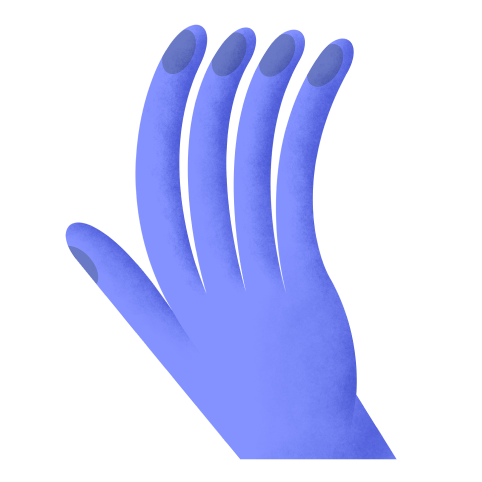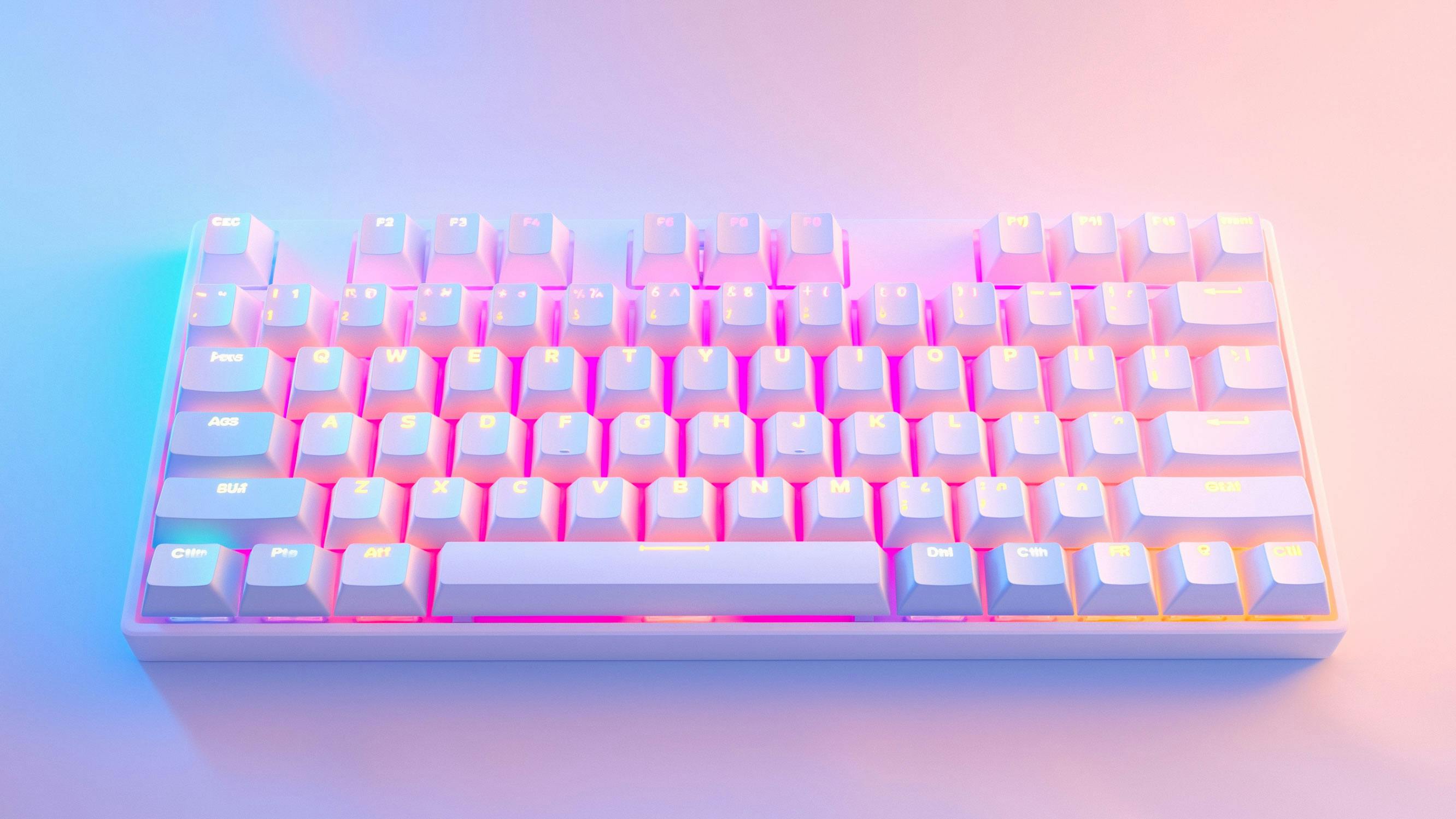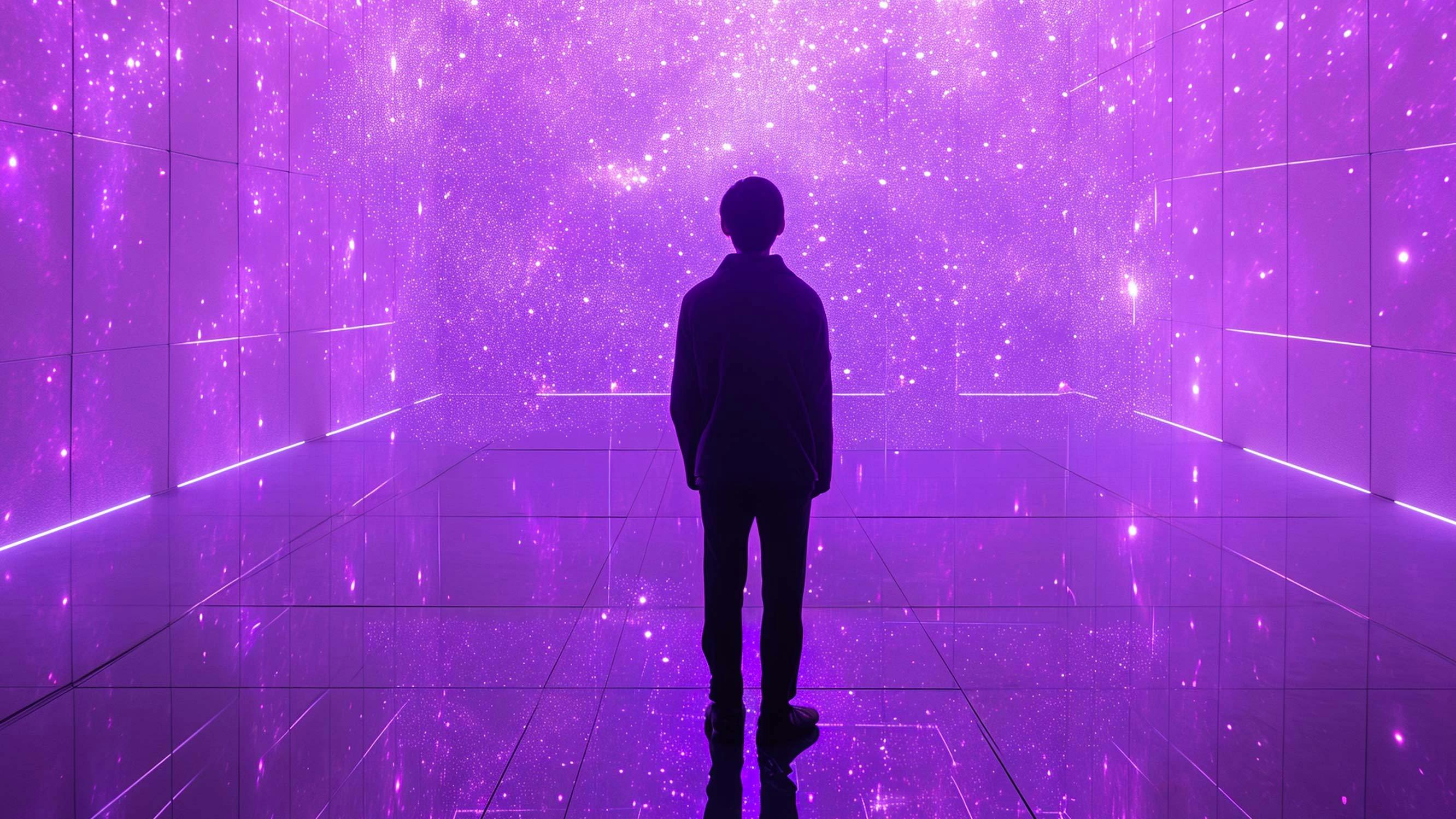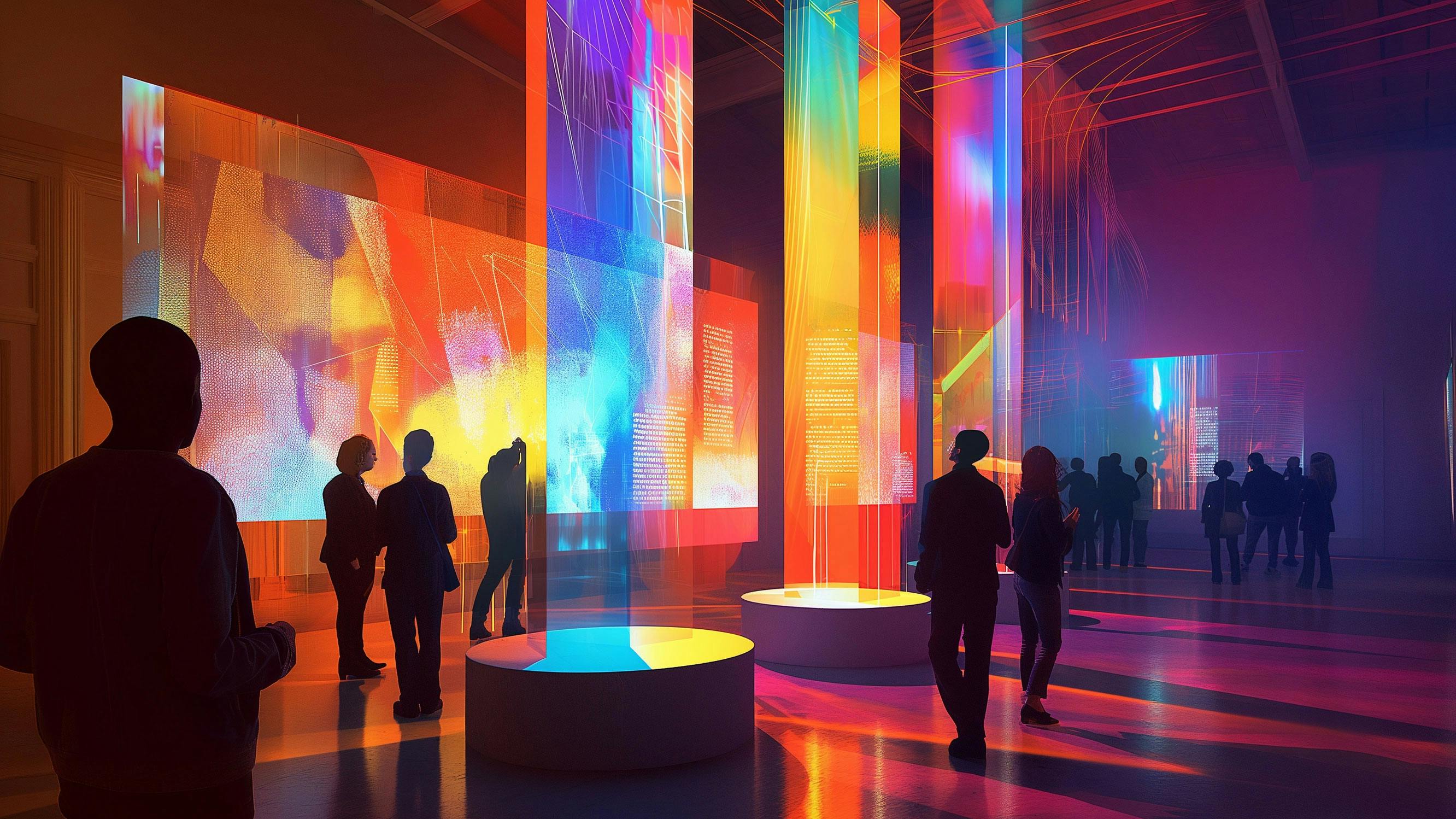The Process of Discovery: Curator Claudia Schmuckli Talks Shop with Use All Five
Claudia Schmuckli is Curator-in-Charge, Contemporary Art and Programming, at the Fine Arts Museums of San Francisco. We talked to her about coming to the San Francisco Bay, tech trends, and her most exciting project for 2017.
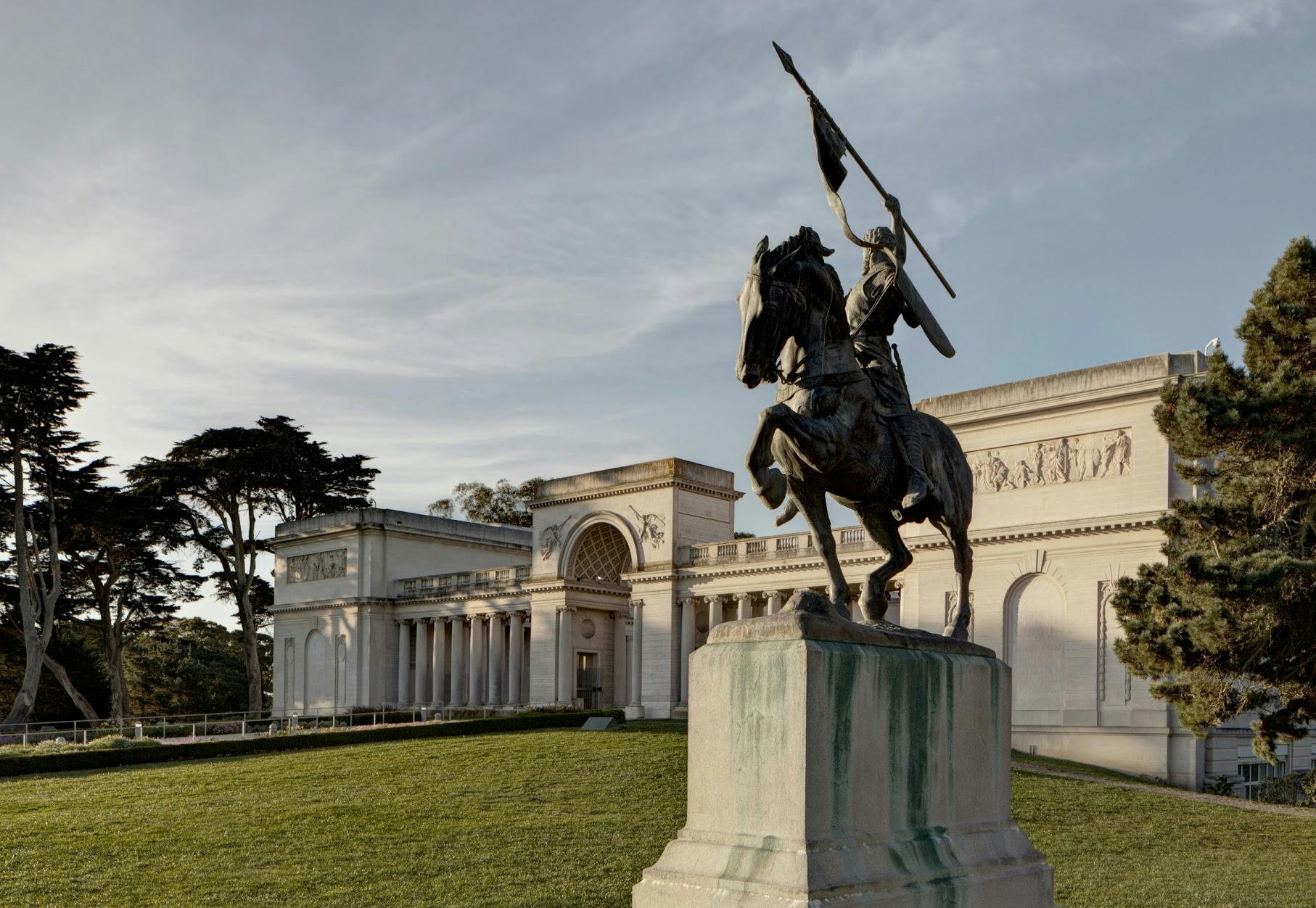
What drew you to work in San Francisco and make the move from Houston? What’s your impression so far of the city and the bay community?
Claudia Schmuckli: What drew me was the opportunity to play an important role in Max Hollein’s transformative ambition for the Fine Arts Museums of San Francisco. I love to build and reinvent, and to do so in a region of geopolitical influence such as the Bay Area is a thrilling prospect in terms of its potential for broad and lasting impact. I did it on a smaller scale with the Blaffer Art Museum in Houston where I redefined its role and resonance in the local cultural fabric during my seven years as director and chief curator. So when I found out about Max’s plans for San Francisco, I knew immediately that I wanted to be part of it. I have known him for twenty years and greatly admire what he did in Frankfurt. His energy and drive afford incredible opportunity to do meaningful work that will not only alter the perception of the Fine Arts Museums, but also impact the larger art ecology on the West Coast.
And of course, San Francisco is an exciting place to be right now. The cultural and technological capital in the Bay Area is so varied and potent. It is home to intellectual endeavors and technological ambitions that not only fundamentally change our ways of being in the world but also of how we perceive ourselves as humans by challenging the very idea of it. Once again, San Francisco seems to be at the forefront of radical change, a place where the future is defined. Combined with a rich and generative academic tradition and an enthusiastic community of artists, curators, and patrons aligned with imaginative initiatives and projects, who wouldn’t want to be here right now?
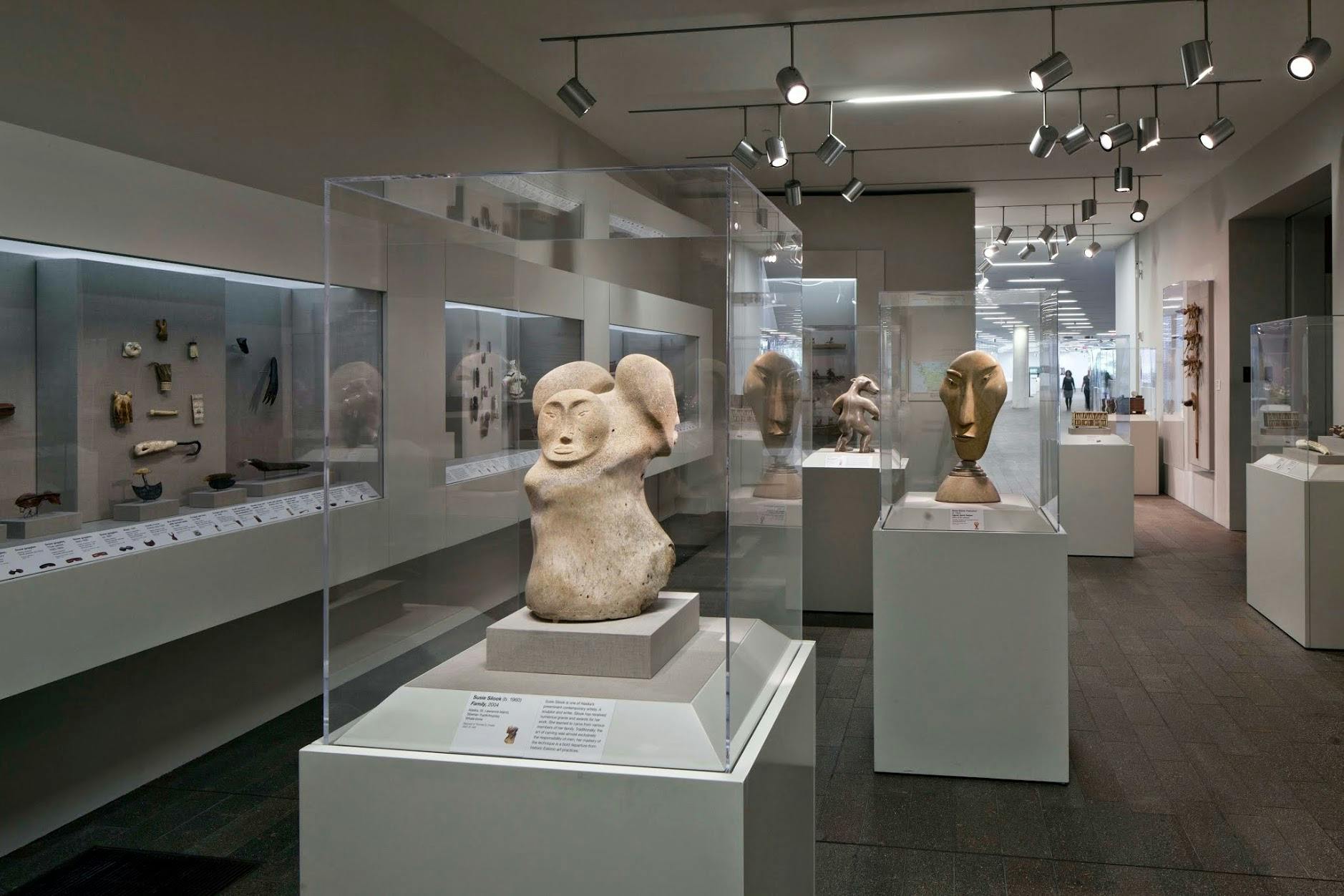
Given the historical and geographical breadth of our holdings – ranging from antiquity to modern art, from Europe to the Americas, Oceania, and Africa – we can present current forms of artistic production in dialogue with artworks from different periods, continents, and cultural traditions. This provides opportunity for curators and artists to develop fresh perspectives on both
Can you give us a glimpse into your research process for curating? What are the principles that guide it? How do you get feedback from the community? How do you seek to touch and challenge local visitors?
Claudia Schmuckli: An encyclopedic institution such as the Fine Arts Museums allows, or even demands, a different curatorial approach to working with contemporary artists than a museum dedicated solely to modern and contemporary art. Given the historical and geographical breadth of our holdings – ranging from antiquity to modern art, from Europe to the Americas, Oceania, and Africa – we can present current forms of artistic production in dialogue with artworks from different periods, continents, and cultural traditions. This provides opportunity for curators and artists to develop fresh perspectives on both the artist’s own work and the objects in the museum’s permanent collections by extrapolating new meaning through juxtapositions that resonate from the past into the present and vice versa.
Having worked in a non-collecting environment for the past decade, I see this as being key for the definition of a contemporary art program that differentiates itself from the efforts of other institutions in the region. So one of the overarching guiding principles will be context-specificity. The Fine Arts Museums is comprised of two museums, the Legion of Honor and the de Young. Each have very different histories and identities: Housed in a 1923 neo-classical building, the Legion is home to European Art from Antiquity to Impressionism and the Achenbach Foundation of Graphic Arts. The de Young by contrast is housed in a recent Herzog & de Meuron building (its original campus of an eclectic and evolving mix of buildings irreparably damaged by the 1989 earthquake). It holds the collections of American Art, the Art of the Americas, Oceania, and Africa, as well as Costumes and Textile Arts. They couldn’t be more different in scope and spirit and the contemporary program will engage these differences. What that means specifically is that the focus at the Legion will be on positions that engage a Western, largely European art historical canon while my work at the de Young will embrace a more global, inclusive, and diverse perspective. At both museums, we aim to present new work, installations, performances, and programs by artists that emphasize a discursive, playful, and dynamic engagement with the respective sites, buildings, and collections.
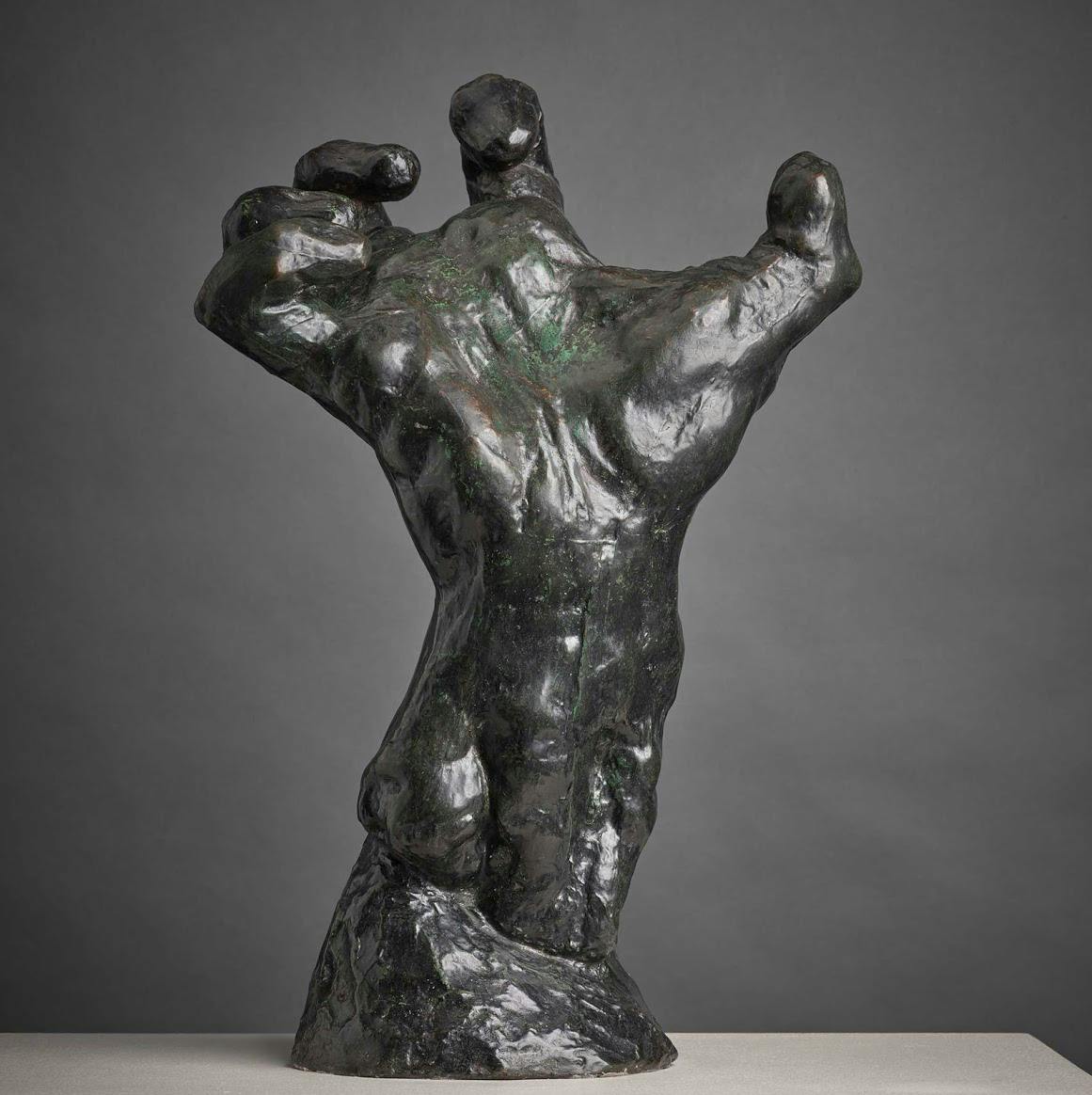
Do the physical locations of both the de Young in the middle of Golden Gate Park, and the Legion of Honor in the fog of Land’s End, have an effect on how you do your job? How much do the outside environs affect the insides of the museums? Does it influence what goes on the walls or what events you put on?
Claudia Schmuckli: Yes. Our sites are a major distinguishing factor and define us as destination museums. You don’t just drop by the de Young or the Legion of Honor, you have to make a dedicated trip to get to us. They are privileged locations in the sense that they are beautiful environments where people gather for leisure, yet they are also sites where social inequalities become manifest. I would definitely like to see us step outside the museum and bring the community together through thoughtful programming. As a first and more celebratory step in that direction, we are commissioning a series of artscapes for the green space in front of the de Young: interactive installations that occupy a hybrid place between sculpture and playground. In addition, we are in the process of planning other series of performances, installations and happenings that will unfold in and around both museums throughout the year.
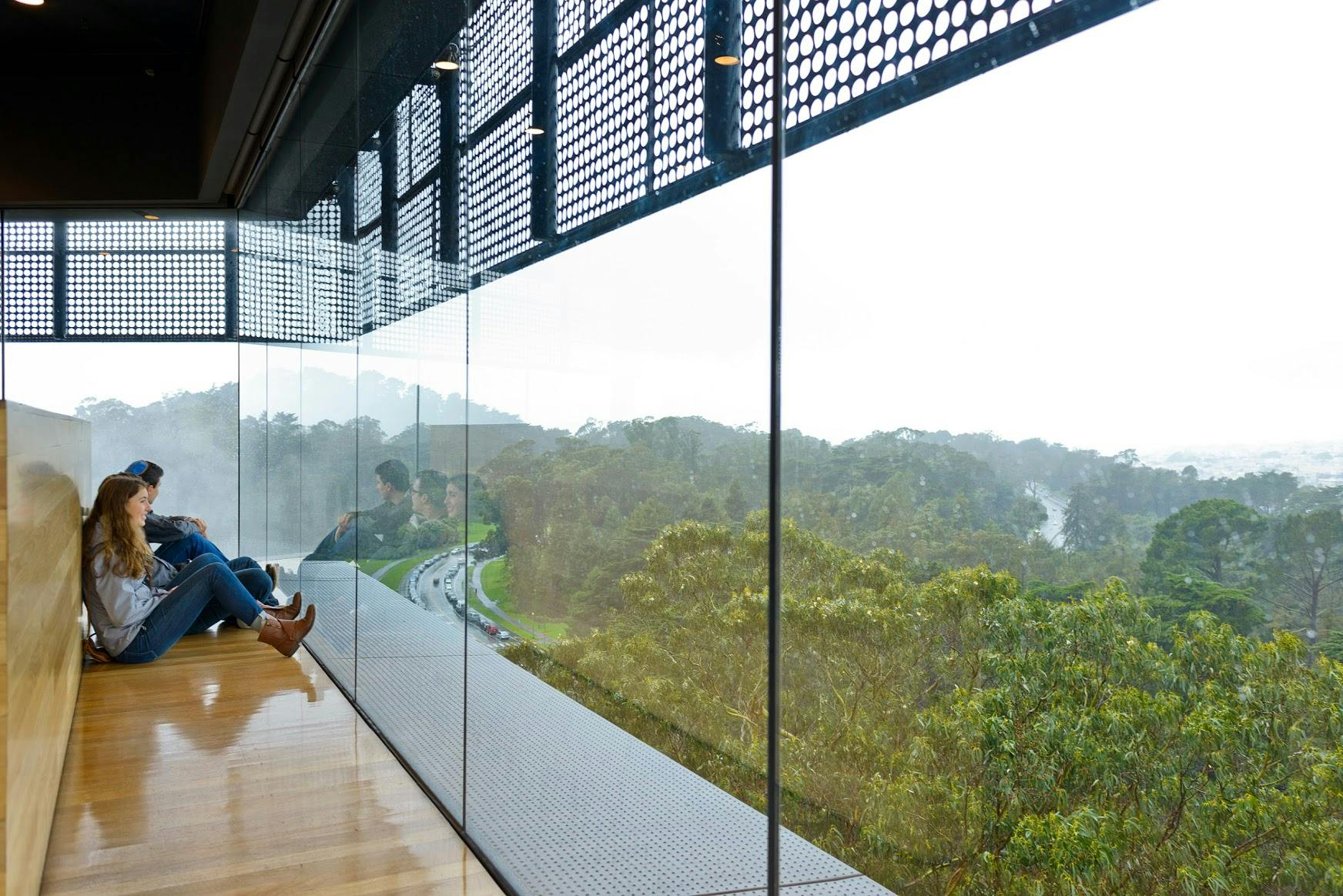
I am less interested in overwhelming the art experience within the museum with an apparatus of high tech interpretive tools since they often tend to become its spectacular substitute, a very attractive but also distracting gimmick of awe. Instead it feels more important to let artists who are critically invested “unpack” those technologies in terms of their roles in our visual and material culture
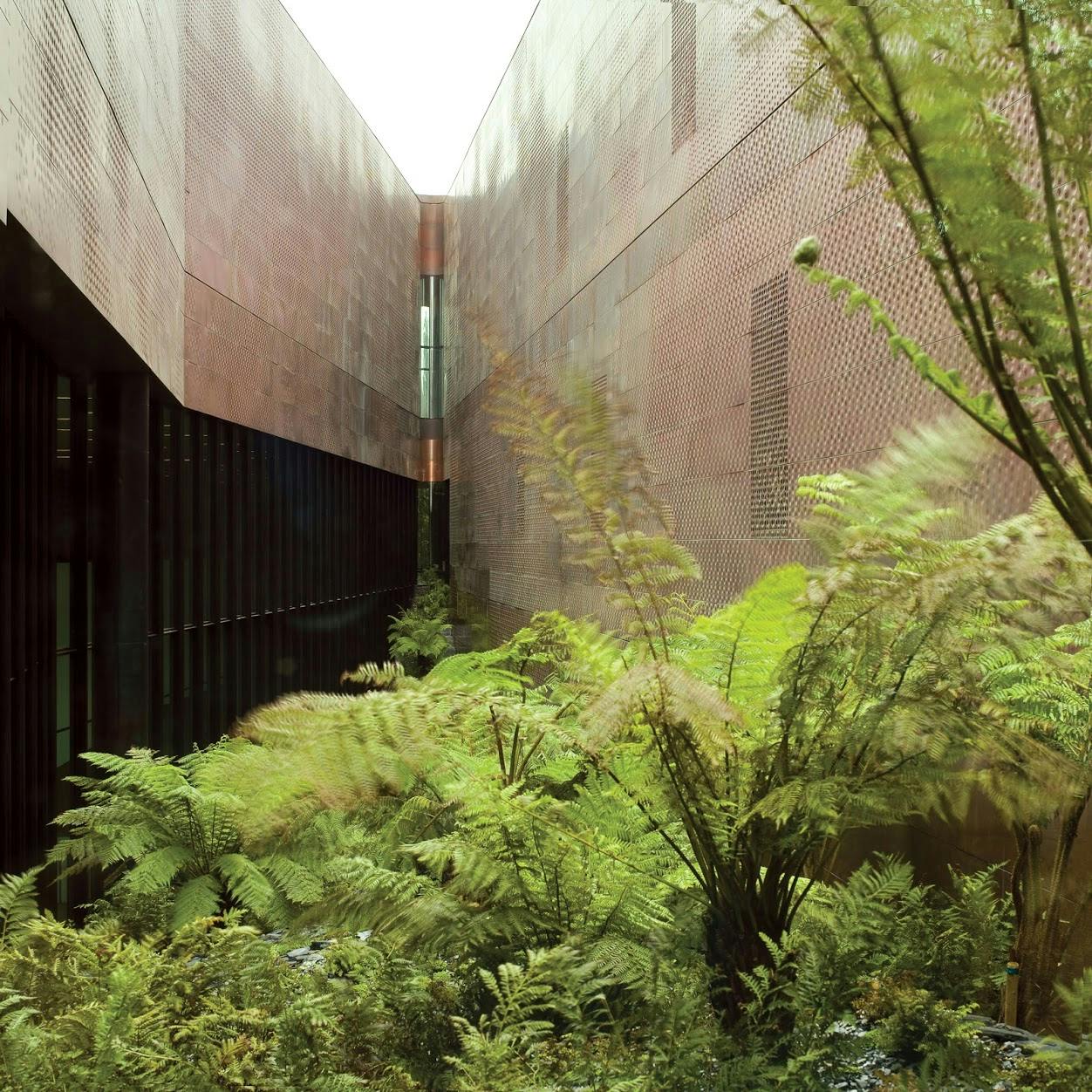
What interests you in the digital side of the museums? What new tech excites you? How do you think the collection should be presented online?
Claudia Schmuckli: What is most exciting for me is to look at how artists address and process technological developments in their work. How their thinking about the purpose, design and impact of new technologies relates to or changes traditions and modalities of representation. That’s where the real meaning lies. It’s exciting to think with artists about these issues and reveal their thought processes to an audience. To what extent that translates into digitizing the museum experience depends greatly on the artwork itself. I am less interested in overwhelming the art experience within the museum with an apparatus of high tech interpretive tools since they often tend to become its spectacular substitute, a very attractive but also distracting gimmick of awe. Instead it feels more important to let artists who are critically invested “unpack” those technologies in terms of their roles in our visual and material culture.
Online is a different story. For FAMSF’s website we not only can but need to create a parallel experience that benefits greatly from advances in technology. We are in the process of upgrading and adding different features to our website, most importantly substantive digital stories for our exhibitions. The idea is to take advantage of rich media and emerging technologies to make pre- and post-museum visits fun and enriching experiences in their own right. We also want to provide people who may not be able to physically come to the museum an opportunity to engage with our exhibitions in alternate ways. We are still in the development stages, but the goal is for the new website to provide a layered but easy to navigate platform for the delivery of content around exhibitions and collections. It will be an iterative process to get it to where we truly want it to be, but you will see first changes implemented soon and it will already be much more dynamic than what is in place right now.

The prospect of working with such a broad and diverse range of holdings was a big draw of the job. As I am inviting artists to work within this context, I myself am still in the process of discovery and I couldn’t imagine a more rewarding process than delving into the depths of databases and storage facilities with this joint sense of purpose
What project are you most looking forward to in 2017?
Claudia Schmuckli: Developing a profound knowledge of my own institutions’ collections since I have had limited time to do so within the first three months of my arrival. The prospect of working with such a broad and diverse range of holdings was a big draw of the job. As I am inviting artists to work within this context, I myself am still in the process of discovery and I couldn’t imagine a more rewarding process than delving into the depths of databases and storage facilities with this joint sense of purpose. Another priority will be to do studio visits throughout the Bay Area to reach an in depth understanding of the current dynamics of the regional arts community and delve into research related to a couple of group exhibitions I would like to realize over the next few years.
Most immediately, of course, I am thrilled to see Sarah Lucas and Urs Fischer take on the Legion of Honor on the occasion of our year-long Rodin Centennial Celebrations. Being credited with the introduction of naturalism into the depiction of the human figure and the elevation of the fragment to a sculptural motif in its own right, Rodin looms large over the origin history of modern sculpture. On the one hand I chose Lucas and Fischer because their work draws out select aspects of Rodin’s preoccupations–his palpable eroticism on the one hand and the melodrama of mortality on the other–but more importantly because both artists represent two key positions in figurative sculpture formed during the 1990s and 2000s that are important to consider in today’s context and in turn redefine how we view and appreciate someone like Rodin one hundred years after his passing.
